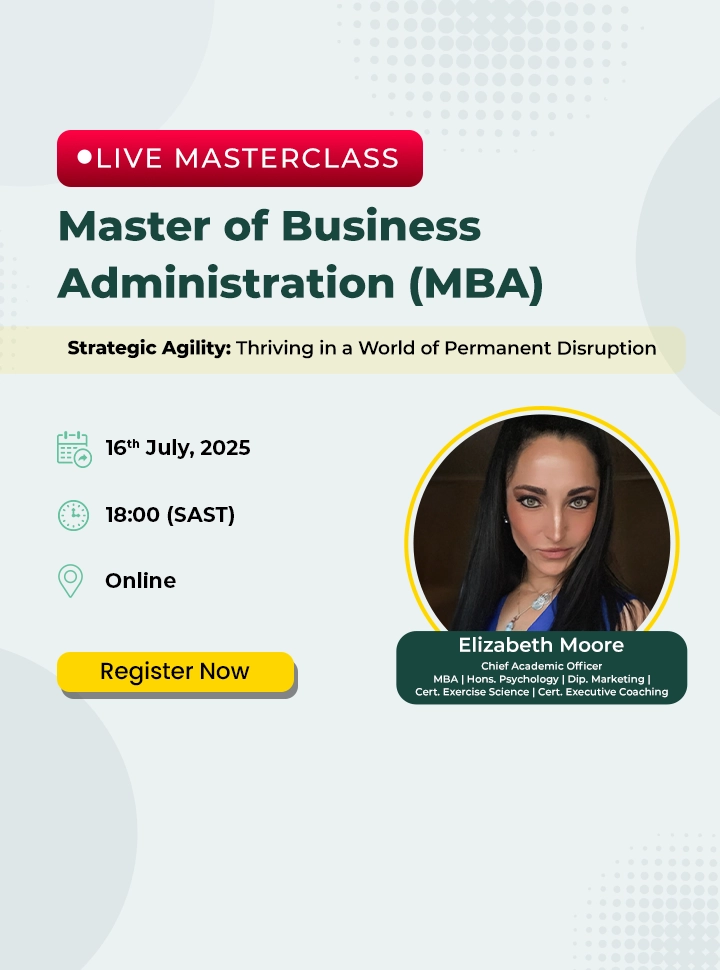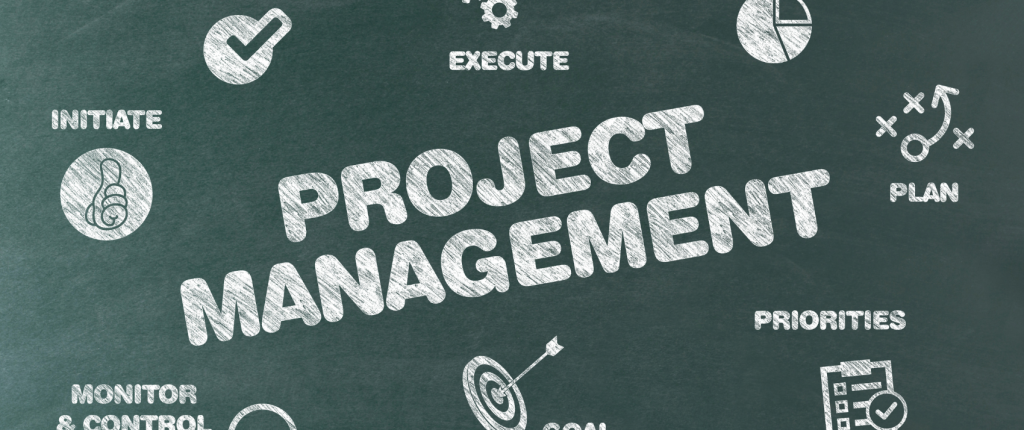All organisations aspire to be great and to achieve great things. And to achieve greatness, these organisations require great people who embody, practice, and deliver that greatness. It is the united and concerted actions of many individuals and teams at every level of the organisation, that make the accomplishment of great achievement possible.
All persons working in an organisation need a blend of skillsets to be effective. Apart from technical and operational skills, such as marketing, or finance; we require a matrix of human and organisational skills in order the get the job done. We need to be able to administer, we need to be able to manage, and we need to be able to lead. Sometimes we use these terms interchangeably and sometimes we concentrate on one – leadership, for example – to the exclusion of the others. But each one of them is important, and a suitable blend delivers enviable results.
Each one of these skillsets is essential for organisational success. And we should not fall into the trap of assuming that some are mainly for executives and some are for employees. Everyone in the organisation has to operate within each skillset, although the ratio and complexity may differ. We have seen filling station forecourt attendants with exceptional leadership skills. And we have seen senior executives attempt to apply administrative styles to vision-related challenges.
There is no clear and absolute boundary between administration, management, and leadership, even though each has unique characteristics. Successful team players have learned how to navigate through and between them, when to wear an administrative hat, and when to adopt a leadership approach.
Let us begin to unpack some of these features. At the risk of oversimplifying we can distinguish between administration, management, and leadership in the following way: Leaders focus on people, while managers focus on the process, and administrators focus on the task.
We can expand this further:
-
-
-
- Leadership is concerned with setting the vision and undertaking the planning to make that vision a reality.
- Management is concerned with the execution of the planning and the creation of value.
- Administration is concerned with the processes and tasks that support the execution.
As we explore each of these skillsets, you will realise that they crossover, interface with and support each other. But it is helpful when confronted with a situation to apply the right frame of reference to arrive at a solution. For example, an administrative approach [task-focused] is entirely unsuitable for dealing with matters of strategy and vision.
-
-
1. Administration
Administrators are deadline-driven with a high level of personal organisation. They balance multiple tasks simultaneously and delegate when appropriate. Administrators think on their feet, structure their working day around a to-do list, and prioritise tasks by deadline. They keep track of a variety of workstreams for different stakeholders Good administrators have an annoyingly reliable memory and are meticulous with detail. Crudely put, they work with policies, documents, spreadsheets, and calendars. Interpersonal skills such as verbal communication, problem-solving, and listening skills are essential in an administrative role. Administrators interact with colleagues, clients, and customers and listen carefully so that they can take suitable action. Administrators should ideally be helpful and reliable in offering support to team members and clients and ensuring they have a positive experience with the business.
2. Management
Management is the practice of handling and organising tasks and people. They guide the administrators with the setting of schedules and priorities to achieve the vision. They organise resources and resolve conflict. Good management focuses on pushing employees to perform well and giving them opportunities to personally grow and exceed expectations. Good managers find ways to maximise every team member’s potential by using their unique skills. Managers ensure that employees meet their performance objectives. Good management is the ability to realise the vision of the organisation by connecting with individual employees.
3. Leadership
A good leader takes the lead. A good leader has personality, courage, clear vision with ambition to succeed. A good leader encourages the team to perform to their optimum all the time and drives organisational success. They establish the vision and the outcomes for the managers to programme and implement. They also take the necessary course corrections to take account of contextual changes.
Leaders have to see the big picture. They must understand the interdependence of complex interactive components Because we live in a constantly changing world where there is less time to react, leaders must be able to respond with lightning speed to unanticipated consequences. Leadership prods the complacency of management and the administrator’s need for stability and predictability.
Now you will have seen that the categories above are not watertight. They bleed across from one to another. And this is obvious and understandable. A human being can operate within all three mindsets in the course of a single day.
Now take a moment to think about your own job. Consider the various tasks and deliverables. Which of them lend themselves best to an administrative, managerial, or leadership skillset. Or is there a blend of skillsets required?
Next, take a dispassionate look at yourself. What is your preferred style? Do you like to have the paperwork under control, and make sure the reports go out on time? Do you like to motivate teams and support others in their work? Or do you prefer to looks at strategy and the vision for your organisation. A little bit of introspection will point out some of the stress points in your work life. Now you will see that many of your tasks require an amalgam of each of these skillsets. The trick is to know what hat to ear, given a specific situation.
A focused organisation comes alive through the active skillsets used, felt, and observed across the organisation. Every individual, at whatever level in the organisation, will deploy these skillsets in different combinations, depending on their context within the organisation. But it is the role of leaders to create organisational alignment, execution, and renewal.
Each of us should be aware of our style skillsets through introspection and self-awareness, so that our personal expertise is applied to best effect.
Read Also:








